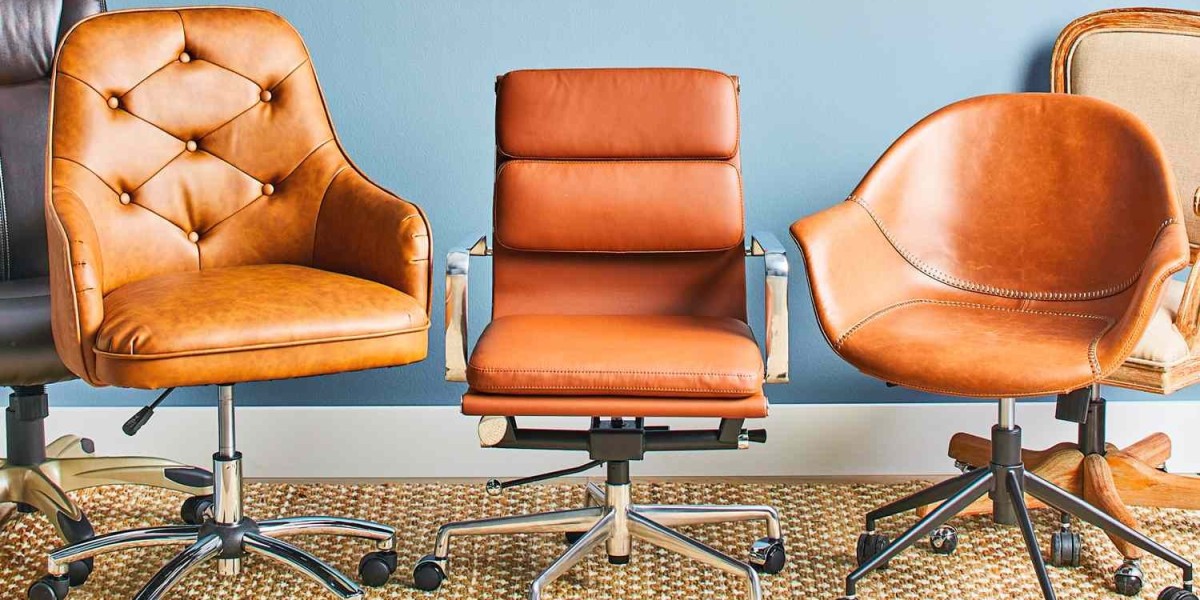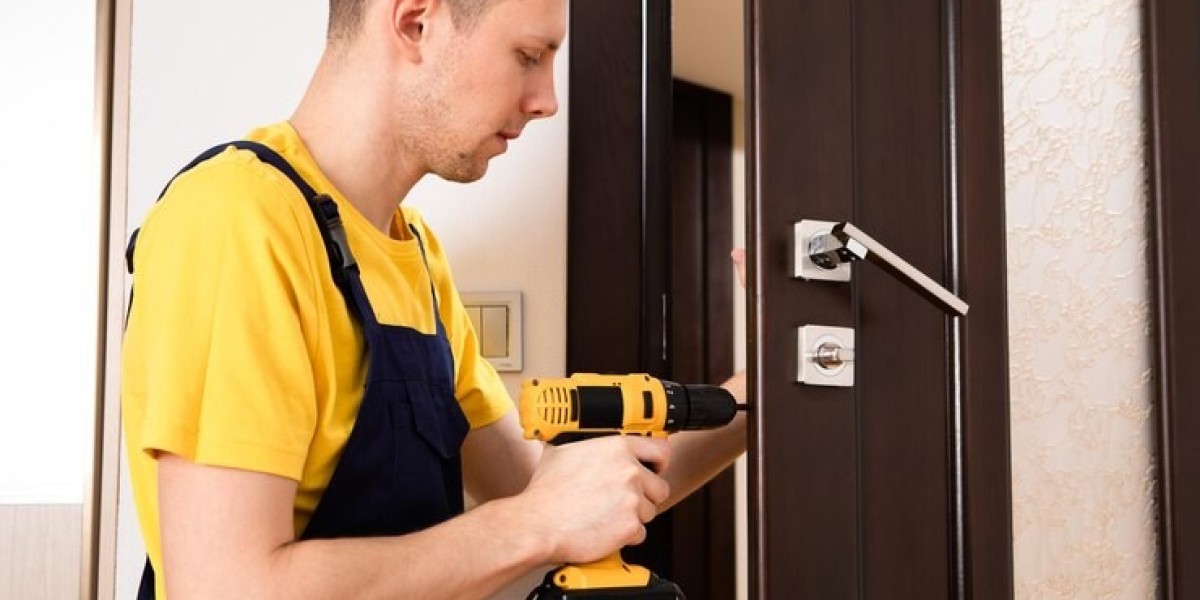Choosing the right office furniture can significantly impact your business's productivity, culture, and employee satisfaction. The decision between modern and traditional office furniture depends on various factors such as the nature of your business, your office space, and the image you want to project. Let’s explore the differences between modern and traditional office furniture to help you determine which style is the best fit for your business.
1. Aesthetic and Design
Modern Office Furniture:
- Sleek and Minimalist: Modern office furniture often features clean lines, simple shapes, and a minimalist design. It tends to avoid ornate details and focuses on functionality and simplicity.
- Material Variety: Modern designs incorporate a wide range of materials, including metal, glass, molded plastic, and engineered wood. This offers more flexibility in color schemes and textures.
- Color Schemes: Neutral tones, such as white, black, and gray, are common in modern furniture, often accented with pops of bold, bright colors to create a lively environment.
Example: A glass-top desk with chrome legs, paired with an ergonomic chair with a mesh back, creates a sleek, contemporary look that is ideal for tech startups or creative agencies.
Traditional Office Furniture:
- Ornate and Classic: Traditional office furniture is characterized by rich wood tones, detailed craftsmanship, and a more formal appearance. It often features intricate carvings, elegant moldings, and decorative hardware.
- Materials: Typically made from solid wood or veneer, traditional furniture emphasizes quality materials such as oak, mahogany, cherry, and leather.
- Warm Color Palettes: Dark woods, deep browns, burgundy, and forest green tones are common, giving the office a warm and professional feel.
Example: A large, solid wood executive desk paired with a leather chair and heavy wooden bookshelves creates a prestigious and authoritative atmosphere, suitable for law firms or financial institutions.
2. Functionality and Flexibility
Modern Office Furniture:
- Adaptable and Modular: Modern office furniture often prioritizes flexibility, making it easier to adapt to different working styles. Modular desks, standing desks, and mobile storage units are examples of how modern furniture accommodates changing needs.
- Technology Integration: Modern office furniture is designed with technology in mind. Many pieces feature built-in cable management, power outlets, and charging stations to support tech-heavy work environments.
- Space Efficiency: Modern designs often focus on space-saving solutions, such as compact desks, foldable chairs, and convertible furniture, making them ideal for small or open-plan offices.
Ideal for: Fast-paced, tech-savvy businesses that require flexibility and efficiency, like startups or creative industries.
Traditional Office Furniture:
- Sturdy and Permanent: Traditional furniture is often larger and less flexible, designed for long-term use. It emphasizes durability and craftsmanship, making it a good investment for businesses that prefer stability over adaptability.
- Less Tech-Integrated: Traditional furniture may not have built-in provisions for modern technology, but its sturdy design can accommodate additional tech accessories.
- Spacious Layouts: Traditional office setups often require more room, as the furniture is bulkier and less focused on space efficiency. This is better suited to businesses that have larger office spaces or private offices.
Ideal for: Businesses that value permanence, such as law firms, accounting offices, and corporations with a strong emphasis on hierarchy and tradition.
3. Comfort and Ergonomics
Modern Office Furniture:
- Ergonomic Focus: Modern office furniture is designed with ergonomics in mind, focusing on employee comfort and health. Adjustable chairs, sit-stand desks, and monitor stands are common features in modern setups.
- Well-Being: Many modern designs incorporate wellness elements, such as standing desks to promote movement, breathable mesh chairs, and lumbar support to prevent back pain during long work hours.
Example: Ergonomic office chairs with adjustable height, armrests, and lumbar support, paired with height-adjustable desks that allow employees to switch between sitting and standing, enhance productivity and well-being.
Traditional Office Furniture:
- Comfort in Luxury: Traditional office furniture tends to focus on comfort through high-end materials like plush leather and thickly cushioned seats. However, it may lack the adjustable features found in modern ergonomic designs.
- Long-Term Use: While traditional furniture is built for comfort, it’s often more suited to executive offices and formal meeting rooms rather than active, dynamic workspaces where employees move around frequently.
Example: A high-back leather chair with thick padding, combined with a solid wood executive desk, provides comfort in a more formal and prestigious setting but may lack the ergonomic flexibility of modern alternatives.
4. Business Image and Culture
Modern Office Furniture:
- Innovative and Dynamic: Modern office furniture projects a forward-thinking, innovative image, making it ideal for tech companies, creative agencies, and startups that want to attract young, dynamic talent.
- Casual and Collaborative: The open, minimalistic nature of modern furniture encourages collaboration and breaks down barriers between employees, creating a more casual, interactive work environment.
Fits Businesses With: A focus on innovation, creativity, and collaboration. It is perfect for companies that want to create an open, flexible environment.
Traditional Office Furniture:
- Authoritative and Professional: Traditional office furniture conveys a sense of authority, professionalism, and stability. It is well-suited for businesses that value hierarchy, formality, and a strong corporate identity.
- Private and Structured: Traditional layouts with heavy desks and executive chairs emphasize privacy and structure, ideal for businesses where formality and confidentiality are paramount.
Fits Businesses With: A conservative, formal culture where professionalism and tradition are key, such as financial firms, law practices, and high-end consulting firms.
5. Cost and Durability
Modern Office Furniture:
- Cost-Effective Options: While high-end modern furniture can be expensive, there are many affordable options due to the wide range of materials and modular designs. The focus on lightweight, mass-produced pieces makes it accessible for businesses with limited budgets.
- Lifespan: Modern furniture’s lifespan can vary depending on the materials. Modular and tech-integrated pieces may need updates or replacements over time as technology evolves.
Traditional Office Furniture:
- Investment Pieces: Traditional furniture tends to be more expensive due to the use of high-quality wood and craftsmanship. However, it is also more durable and can last for decades, making it a long-term investment.
- Lifespan: Traditional furniture is built to last. Its solid construction and high-quality materials mean that it will withstand wear and tear, often outlasting modern alternatives.
Conclusion: Which is Right for Your Business?
The choice between modern and traditional office furniture depends on your business’s needs, values, and aesthetic preferences:
Choose Modern Furniture if you want a dynamic, flexible, and tech-savvy workspace that encourages collaboration and creativity. Modern furniture is ideal for companies in fast-paced industries like tech, design, or media.
Choose Traditional Furniture if your business values formality, authority, and long-term investment. Traditional furniture works well for companies in law, finance, and corporate environments where professionalism and durability are key.
Ultimately, the right office furniture should reflect your business culture, support your employees’ productivity, and make your office a space where people want to work.








